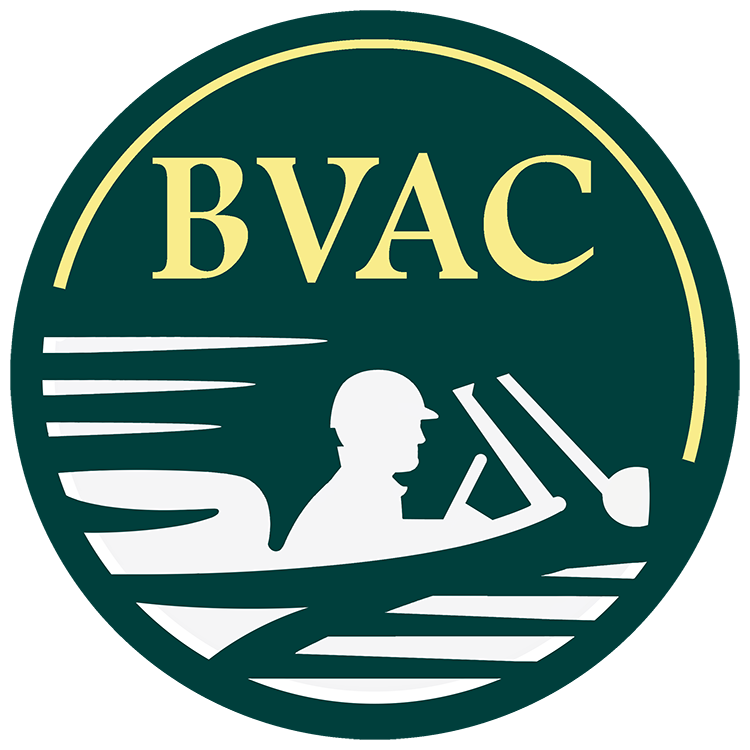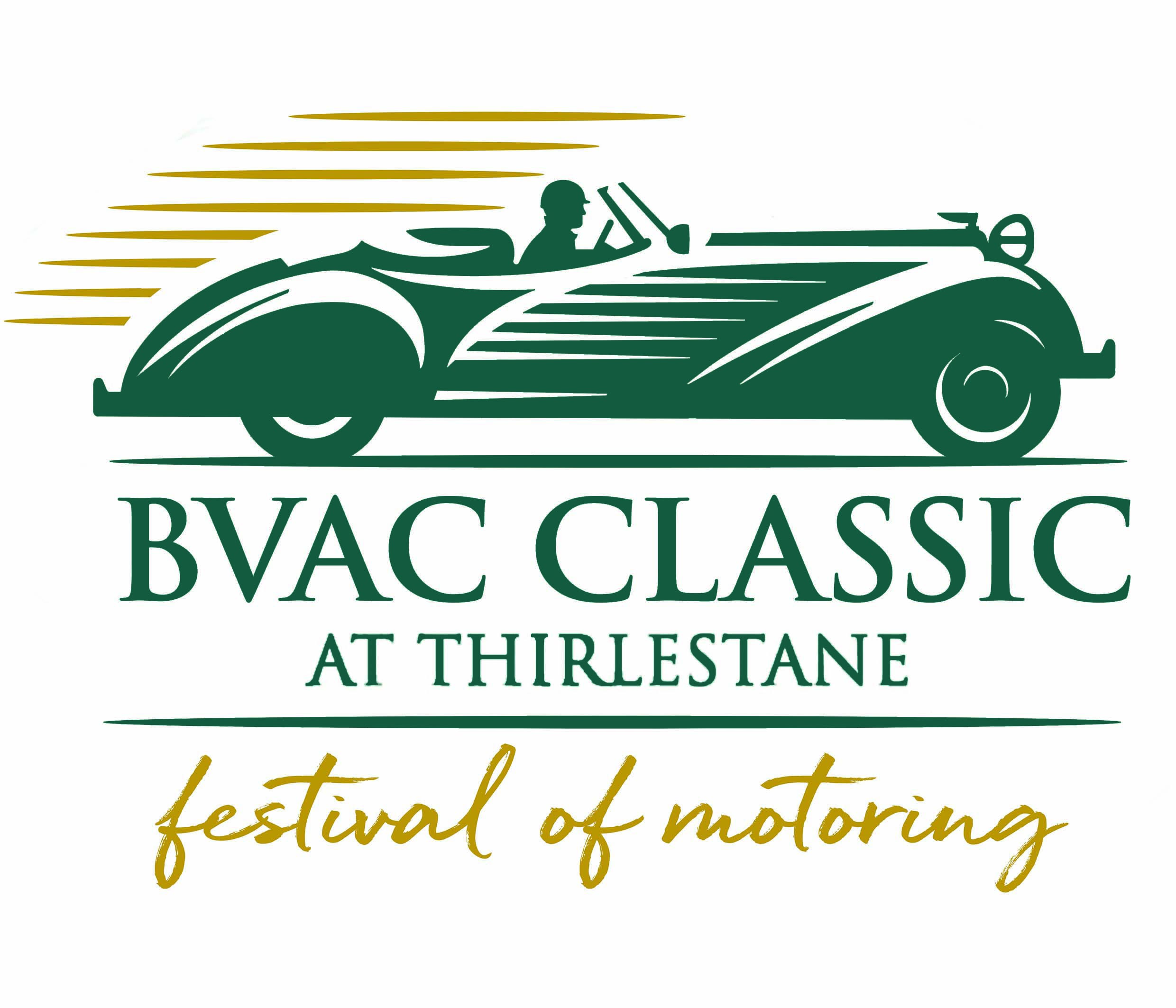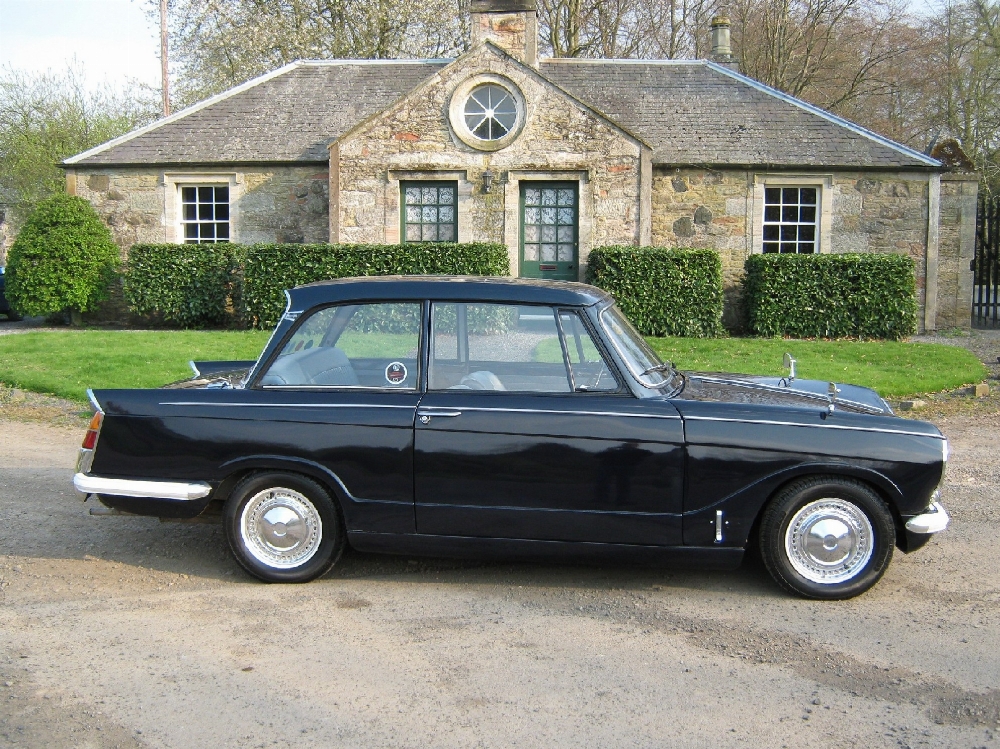by Ian Lindley
Of course, everyone is very familiar with the iconic Mini, indeed most of us have probably owned one at some point in our life, but there have also been countless limited edition and special models over the years. Competition Secretary of BVAC Ian Lindley takes a look at some of the lesser known varieties in his latest blog.
The Mini rewrote the book on small cars and by 2000 when production ended, 5,387,862 Minis of all types had been sold. However, modified sports models attracted dedicated fans as they were lighter, more agile and much faster. They included the Broadspeed, Jem, Marcos, Radford, Scamp and the Ogle.
Introducing just some of the quirky and rare variants of the Mini………….
Ogle

I know where there is an Ogle squirrelled away but it very rarely comes out to play! Designer David Ogle used the Mini platform, the drivetrain and bulkhead create his unique variant of the Mini. The Ogle was actually based on the longer van chassis and featured a one-piece fibre glass body, it was 6 inches longer and four inches lower than the Mini. The company could convert an owner’s Mini or build them a complete car for £1,190! Ogle was building six cars a week until he tragically died in May 1962.
The Ogle SX 1000 is considered to be one of the best and featured a superbly finished glass-fibre body on the Mini-Cooper chassis. 66 of this edition were built and the cost was double that of a Mini Cooper S when new.
Broadspeed
Broadspeed Engineering was a British automobile tuning and engineering company that operated from Sparkbrook, Birmingham principally during the 1960s and 1970s. It was started and run by Ralph Broad, and the company became well known for its success in transforming and racing MkI Minis during the early 1960s.
Ralph Broad began racing in 1955 and in 1959 he bought an early BMC Mini and immediately began to see success racing it, which helped him to sell racing conversion packages to other Mini owners. This arrangement developed into the establishment of Team Broadspeed in 1962, for which Broad himself remained one of the drivers. The Broadspeed Minis were often seen as being competitive with the factory works Coopers, especially at the hands of John Fitzpatrick, who had become the team’s top driver.
Mini Marcos and Mini Jem
The Mini Marcos was one of many Mini based sports cars which proliferated during the early 1960s. But the Mini Marcos GT was also one of the better regarded models, combining a lightweight low-drag fibreglass monocoque with the front-wheel-drive car’s drivetrain and suspension to produce one of the era’s best driver’s cars – as long as you could fit in it!
The Mini Marcos was produced in limited numbers between 1965 and 1970 by Marcos, from 1974 to 1981 by D & H Fibreglass Techniques and again between 1991 and 1996 by Marcos. It was based on the DART design by Dizzy Addicott who finally sold the project to Jeremy Delmar-Morgan. Jeremy marketed the Mini DART as the Mini Jem. Jem Marsh of Marcos Cars separately developed the project into the Mk I Mini Marcos and despite the similarity of the name, had nothing to do with the Mini Jem.
The Mini Marcos was the only British car to finish in the 1966 24 Hours of Le Mans, the car was used for several more races, then sold and finally stolen in Paris in 1975. Many people searched for it, but it took until 2016 to be found again!
The Mini Marcos also set four British land speed class records for the flying mile, half mile, half kilometre and kilometre for cars up to 1600 cc.
There were a few copies of the Mini Jem and Mini Marcos built in Australia. John Taylor of Taylorspeed in Adelaide introduced the Taylorspeed Jem in 1968. The car was only sold as a kit and was made to accept any Mini internals, most were heavily modified by their builders, and no two are alike.
Mini Scamp
Mini Scamp is a kit car built by the Scamp Motor Company. The Mk1 Mini Scamp was built in 1969 shortly after BMC Mini Moke production stopped at Longbridge.
The first Mark 1 kits, which were styled similar to the Mini Moke, were produced by Robert Mandry in Berkshire. Parts from a Classic Mini were used with all its running gear and both front and rear sub-frames.
The Scamp body/chassis is made from a steel, box section frame fitted with aluminum panels. Options included a van, estate, or pick-up body, four or six wheel chassis, and short or long wheelbase. Power units range from 850cc to 1400cc with a multitude of modifications. Nearly every Scamp is different, as most of the car is left up to the owner to complete.
The Mark 2 version was launched in 1978, which had a squarer body and stronger chassis, not using the Mini rear sub-frame. The Mark 3 version started production in 1988, with the Scamp Mk3 GT Scamp appearing in Top Gear magazine.
Mini GTM Coupe
I had a Mini GTM Coupe for 3 weeks. Not girlfriend friendly but I really liked it. My girlfriend didn’t last much longer after the GTM went!
The GTM Coupé is a Mini based kit car dating back to 1967, the design was inspired by the Ferrari Dino, albeit much smaller. GTM is short for ‘Grand Touring Mini’. The car was first shown at the 1967 Racing Car Show and soon afterwards went into production by the Cox brothers from their garage in Stockport as the Cox GTM. In 1969 the rights to the design and manufacturing were bought over and the Cox part of the name was dropped.
The Coupé is a mid-engined two-seater sports car designed to give outstanding performance for its time, and impeccable handling. The design is composed of two Mini front subframes, with traditional Mini rubber cone suspension, linked by a sheet steel semi-monocoque chassis.
Davrian Demon
I had one of these for a couple of months to do a particular Championship.
Davrian Cars were built in Clapham in London from 1965 and later in Dyfed, Wales. Adrian Evans, a structural engineer and the car’s designer, built a series of cars called Davrian from 1965, based on components from the Hillman Imp, including the front and rear suspension. In 1967, the design had settled to a 2-seat glass fibre monocoque coupé, the cars were sold in kit form and over time, a variety of power units were offered including the Mini-engined Davrian Demon (mid-mounted engine).
Radford Mini Cooper
In 1960’s London, the Mini was the epitome of cool and for those who could afford it, the ultimate toy for zipping around town was a coach-built Radford Mini Cooper.
Radford’s started in the 1940’s building special bodies to order, including the Countryman conversion for Rolls and Bentley. They found a niche in the early 60’s for luxuriously appointed Minis, with electric windows, opening quarter lights, leather trim, walnut dashboards, a plethora of dashboard instruments and additional lights.
The Mini de Ville had arrived and could be as bespoke as your imagination and wallet. The conversions were very expensive, so could only be afforded by the in crowd. Brian Epstein, and the Beatles were probably Radford’s best customer, but Mike Nesmith from the Monkees and Ginger Baker from Cream also had Radfords, other celebrity owners included George Best and Peter Sellars (see Minis at the Movies blog) and Britt Ekland.
Other tuning companies existed such as Downton, Broadspeed and of course Wood and Pickett, who carried on modifying Mini’s well into the 1970’s. W & P produced more modified Minis than Radford in the end, customers include Elton John, Denny Laine, Mick Jagger, Paul and Linda McCartney as well as celebrities such as Twiggy and Hayley Mills.








Leave A Comment
You must be logged in to post a comment.